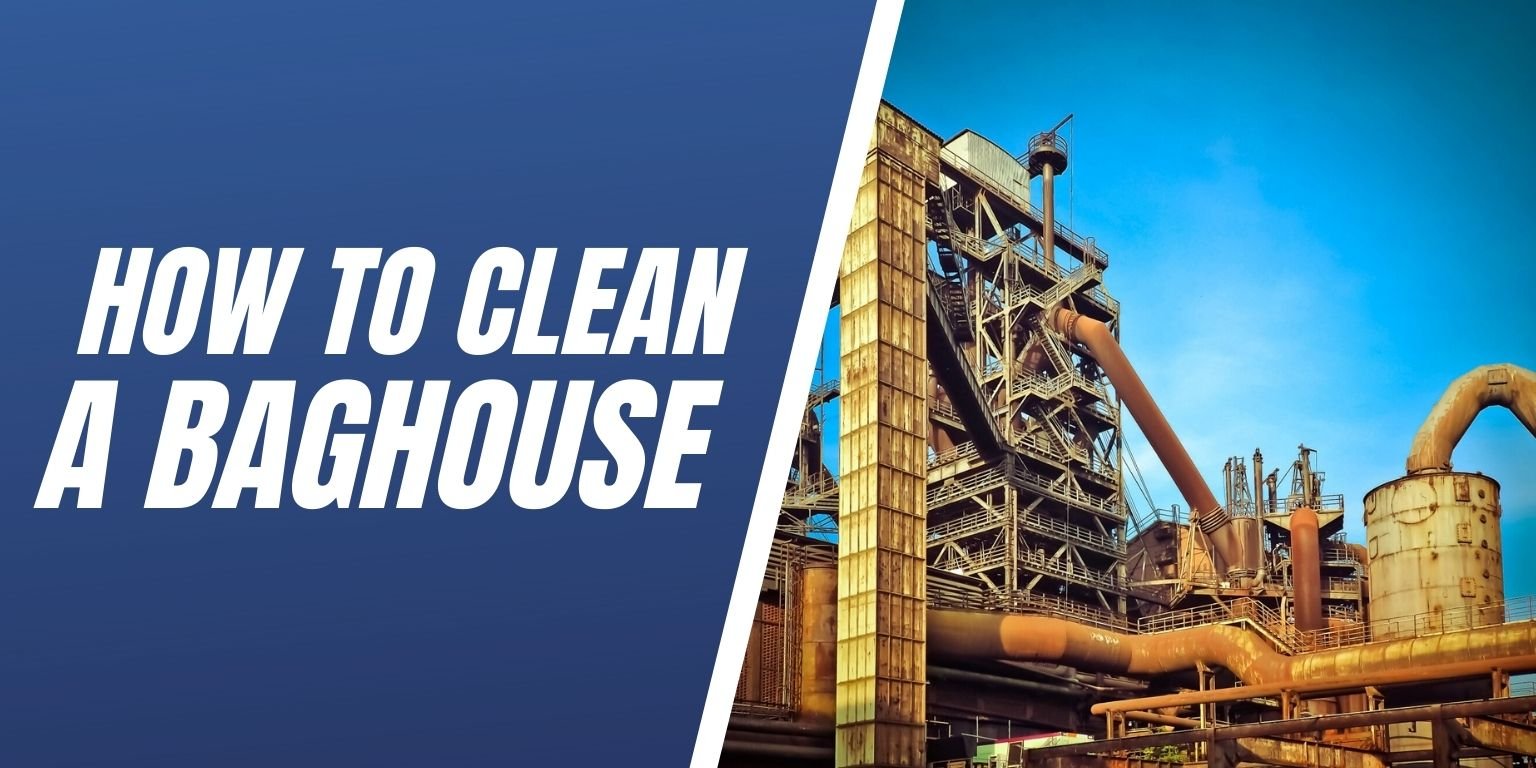
In industries like manufacturing and other operations, baghouses remove particulates from the air. It prevents them from entering the workspace or harming the environment.
A baghouse acts as an industrial-scale fabric filter. Most dust collection systems have baghouses that are efficient and cost-effective at the same time.
Baghouses differ in how dust collects and which cleaning process happens. Baghouses often use pulse-jet, shaker, and reverse-air systems. The following are the key differences between cleaning these types of baghouses.
Pulse Jet Baghouse
Pulse-jet dust collectors pull up dusty airstreams below the bags or filters. These are then pulled upward through filters to capture dust on the surface that faces the clean air. A cage supports the fabric bags when used with fabric filters. It consists of a solid-state timer that also pilots jets of compressed air into blowpipes mounted above each filter row in the reverse direction of filtering.
Air pulses have a ripple effect as they travel down the length of each bag in a given row, dislodging and releasing caked dust into the hopper. Pulse-jet baghouses have the advantage of not pulled offline to clean their filters.
The dust removal system removes dust on-demand. More of the filter bags get cleaned and reconditioned than on other systems. There are minimal operating costs aside from compressed air costs.
Shaker Baghouse
As the name implies, a shaker baghouse utilizes shakers to collect dust from the bags and dispose of them. An open bottom filter bag connects to the tube sheet in a shaker baghouse and tension from the top of the filter housing.
Cleaning shaker baghouses, which use woven filter bags, requires stopping the airflow for a short time while mechanical shake-cleaning occurs. The shaker baghouse has a hopper positioned at the bottom for collecting dust cake.
Baghouses that use shakers are generally uncomplicated and can exist without compressed air. Shakers, yet, cannot operate without shutting down to clean. Particle collection efficiencies are smaller than those of other types of bags that use pleated or felted filters.
Reverse Air Baghouse
Reverse air baghouses collect dust on the outside of the filter or bag. By blowing reverse air into the bags, the rotating arm directs the air generated by the equipment fan into the bags for cleaning. Reverse air baghouses generate lower cleaning air pressures than pulse jets and clean while online with low-pressure and high volume.
By using this cleaning method, the bags are less likely to wear out. Compressed air costs less, but the blower and moving parts need more horsepower and maintenance.
To clean reverse air baghouses with many compartments, they are often divided into sections so that you can clean them one at a time. Generally, a system fan reverses the filtration direction to pressurize the entire compartment. When the reverse airflow is active, the filter bags collapse to a certain extent.
They have rigid rings sewn in. This allows them to flex without completely collapsing during usage. Because reverse air baghouses must have some area off-line during cleaning, this type is less cost-effective than a pulse-jet system.
Baghouses Need Regular Cleaning
Whichever bag house requires cleaning, make sure you clean in the right way. Doing this will maximize the life span of your baghouse and save you time and money on maintenance costs.
Click Here for more info about baghouses.

